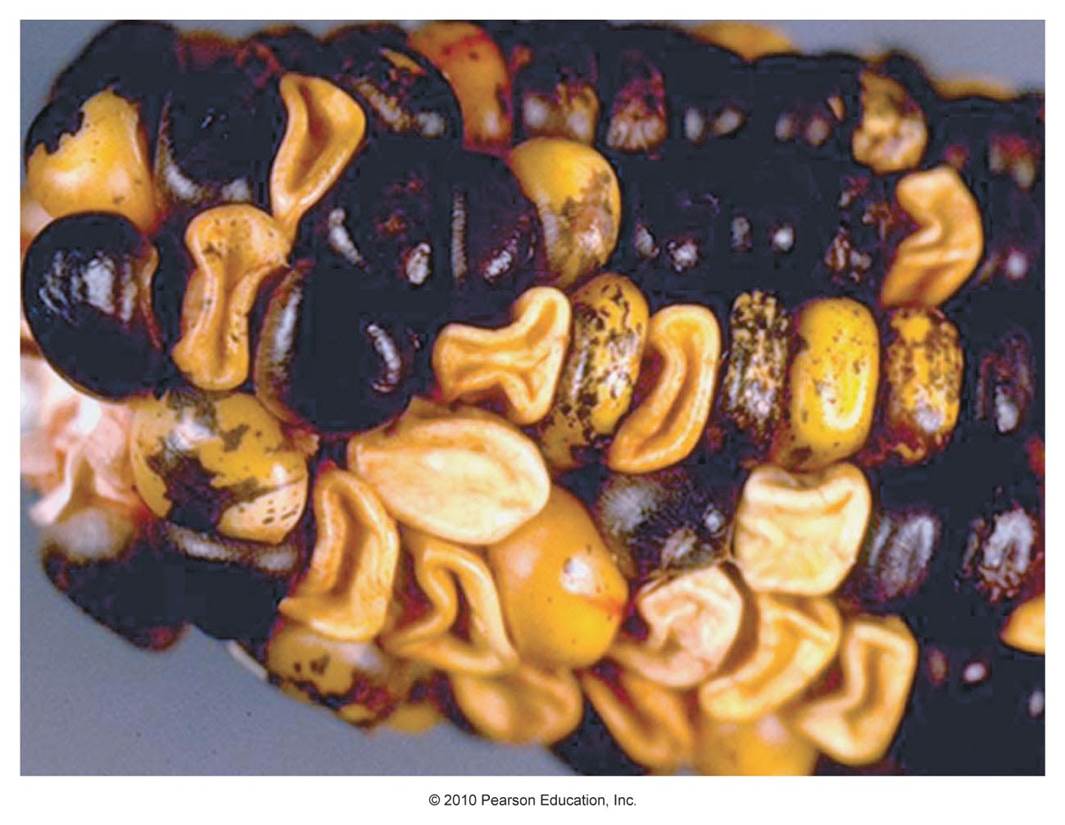Mutation II
1) What's the difference between a spontaneous and induced mutation?
2) List four different effects that a substitution mutation can have, including two ways that a change in DNA can be 'silent'.
3) Bases can exist as tautomers - structural isomers that shift between a keto (=O) and enol (-OH with a doubly bound neighboring carbon) forms. Exaplin how a tautomeric shift can cause a base-pair substitution.
4) What is depurination, and how does DNA polymerase respond to this change in the DNA template?
5) Why is oxidation such a common and pervasive risk to DNA? Show how oxidation of a singleton guanine base causes a base pair substitution.
6) How does replication slippage cause insertions and deletions?
7) How does the number of trinucleotide repeat sequences affect the expression of Huntington's Chorea and frgile-X syndrome? How does the mechanism of this action differ between these two conditions?
8) What is 'genetic anticipation', and how is it caused by replication slippage?
9) Why are sequences with micro- or minisatellites used for DNA fingerprinting? Include the structural differences between indivudals in these regions, and the use of restriction enzymes and gel elecrophoresis to resolve these differences.
10) Bacteria have two types of transposons, IS and Tn. What are the characteristics of each?
11) List three ways that transposons can affect gene function.
12) What beneficial effect do transposons have in Drosophila?
13) What are p-elements, how is their jumping regulated?
14) How can transposons affect recombination?